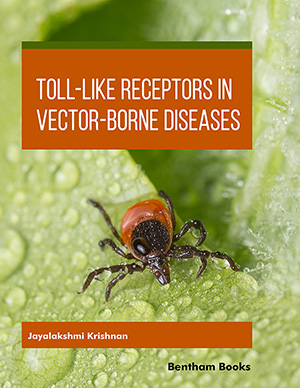Abstract
The World Health Organization (WHO) defines cerebral malaria (CM) as an
otherwise unexplained coma in a patient with asexual forms of malaria parasites on the
peripheral blood smear. Malaria is a severe, devastating illness characterised by
respiratory distress, severe anemia, and cerebral malaria (CM). Altered consciousness,
convulsions, ataxia, hemiparesis, and other neurologic and psychiatric impairments are
noted in cerebral malaria. Thus, cerebral malaria is defined as a condition in which a
human has Plasmodium falciparum, a parasite in peripheral blood, followed by
neurological complications of any degree. CM accounts for 300,000 deaths per year,
and almost any survivors there display severe neurological manifestations. Coma is the
outcome of CM, which is again due to brain hypoxia due to inflammation, edema,
Brain swelling, and vascular blockage, are all due to the sequestration of pRBCs in
brain microvasculature [1, 2]. In Ugandan children with CM infected with
P.falciparum, severe cognitive impairment, behaviour problems such as hyperactivity,
inattentiveness, aggressive behaviour, loss of speech, hearing loss, blindness, and
epilepsy were noted (Irdo et al. , 2010). Heme offered protective responses to ECM, by
dampening the activation of microglia, astrocytes, and expression of IP10, TNFa, and
IFNg [3].
Keywords: Blood brain barrier (BBB), Glycosylphosphatidylinositol (GPI) anchors, Plasmodium falciparum, Plasmodium berghei, Postmalaria neurological syndrome (PMNS).






















